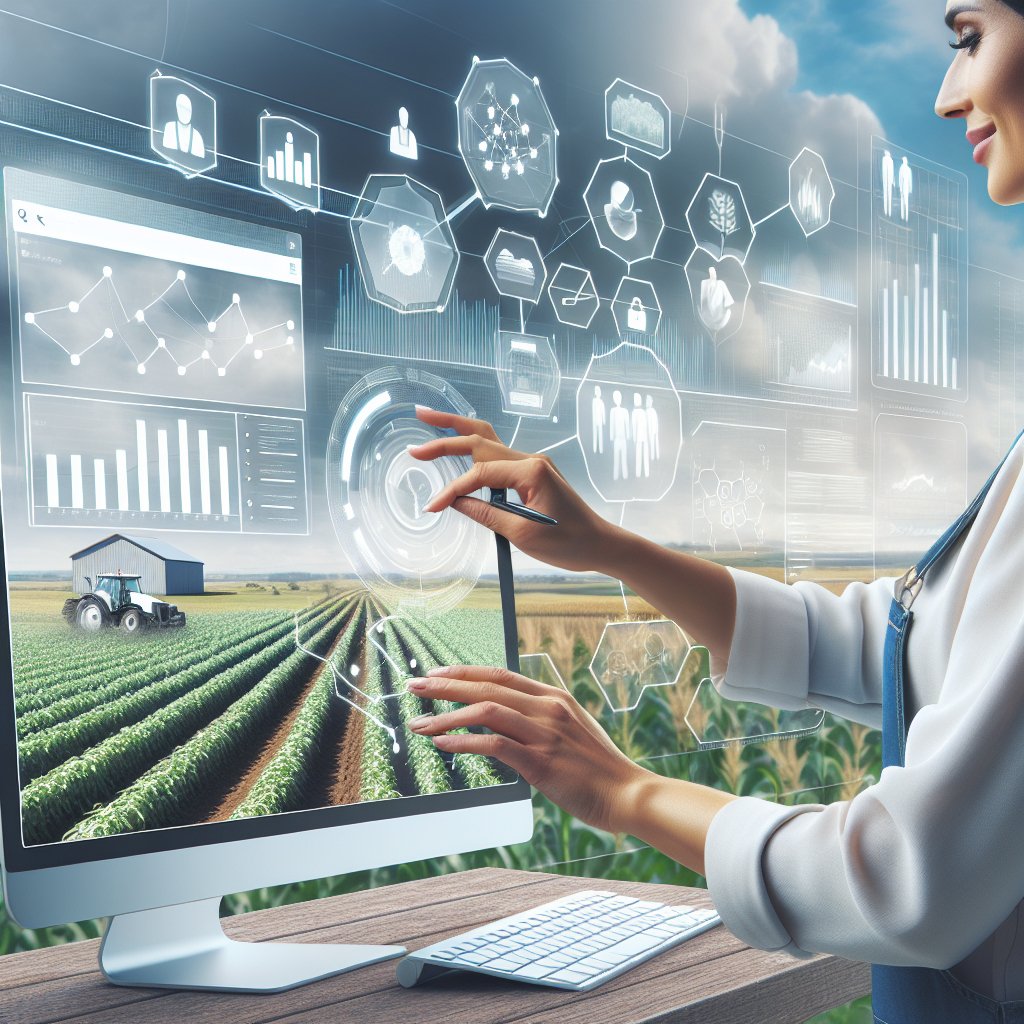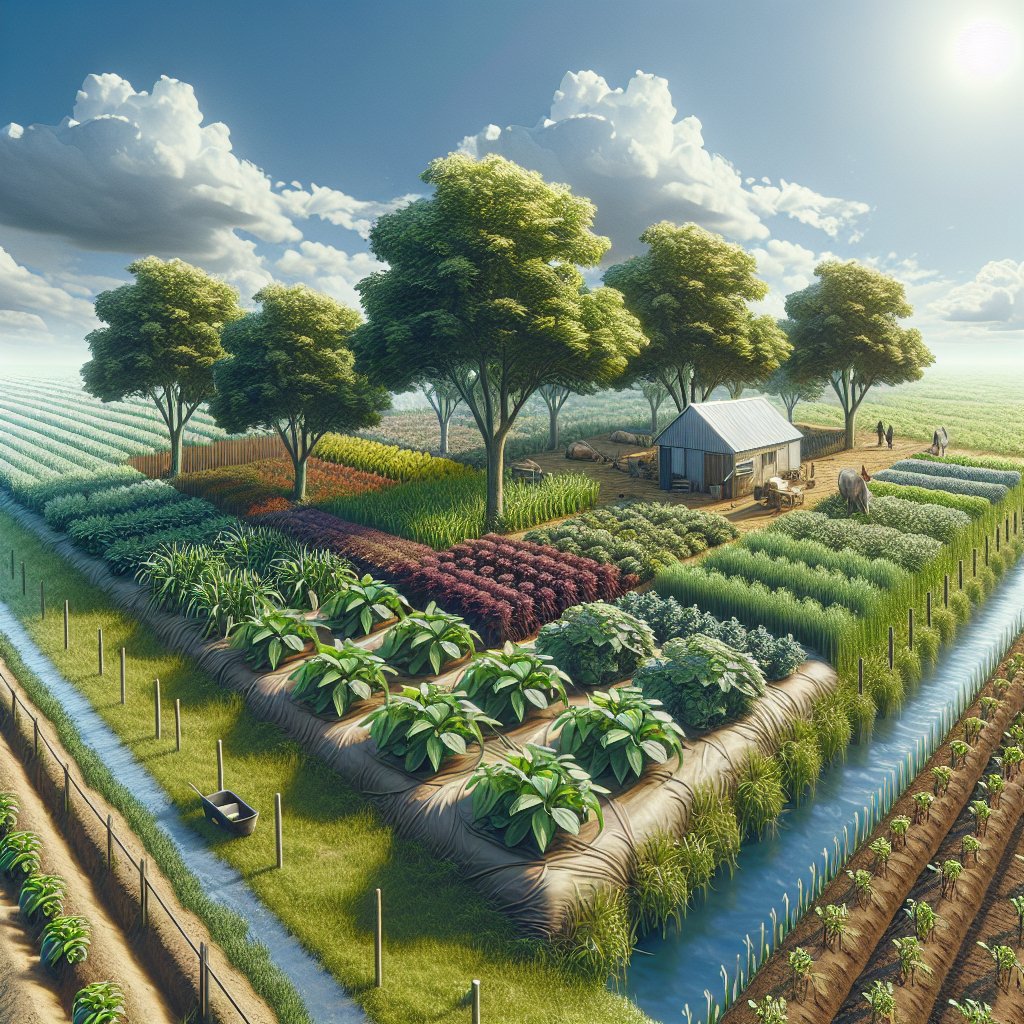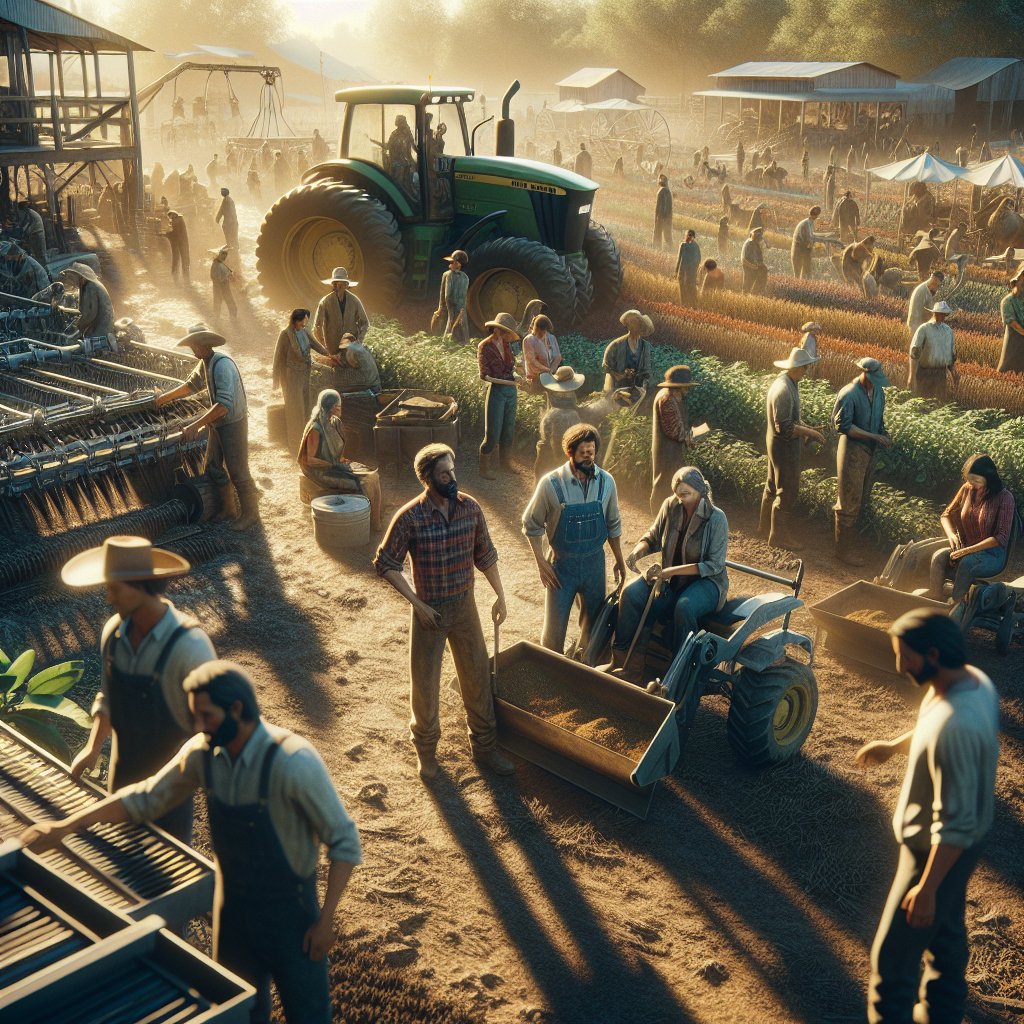The integration of fish rearing and plant cultivation in a harmonious, symbiotic environment has sparked renewed interest in modern farming techniques. Aquaponics represents a revolutionary approach within the realm of agriculture, where aquatic life and vegetables co-exist in a single, efficient system. By leveraging natural processes, farmers can minimize waste and maximize yields—ultimately redefining how we think about sustainable food production.
Principles of Aquaponics
At its core, aquaponics relies on the symbiotic relationship between fish and plants. Waste produced by the fish is broken down by beneficial bacteria into nutrient-rich compounds that feed the plants. In turn, the plants filter and purify the water, which is cycled back to the fish tank, creating a closed-loop ecosystem. This natural nutrient cycle reduces the need for chemical fertilizers and enhances overall system efficiency.
Key Biological Components
- Fish: Common species include tilapia, trout, and catfish, chosen for their rapid growth and tolerance to varying water conditions.
- Bacteria: Nitrifying bacteria such as Nitrosomonas and Nitrobacter are essential for converting ammonia into nitrites and then into nitrates.
- Plants: Leafy greens, tomatoes, peppers, and herbs are popular choices due to their nutrient uptake rates and market demand.
System Configurations
- Media-Based Beds: Utilize gravel or clay pebbles as a growing medium for both mechanical filtration and plant support.
- Deep Water Culture (DWC): Plants float on rafts with roots submerged in water, ensuring constant nutrient availability.
- Nutrient Film Technique (NFT): A thin stream of water flows through channels, nurturing plant roots in a continuous feed.
Benefits of Combining Fish and Vegetable Farming
By marrying aquaculture with horticulture, aquaponics delivers a host of sustainability advantages over conventional methods. These benefits span environmental, economic, and social dimensions, making the approach particularly appealing to progressive farmers and urban growers.
Environmental Advantages
- Water Conservation: Compared to traditional soil farming, aquaponics can use up to 90% less water due to recirculation.
- Reduced Waste: Fish waste is transformed into fertilizer, lowering the need for external chemical inputs.
- Lower Carbon Footprint: Localized production reduces transportation emissions and reliance on fossil fuels.
Economic and Operational Gains
- Year-Round Production: Controlled environments allow for continuous harvests, boosting overall productivity.
- Market Diversification: Dual outputs (fish and vegetables) open multiple revenue streams and reduce financial risk.
- Space Efficiency: Vertical stacking and compact setups make aquaponics ideal for urban and peri-urban farms.
Technical Components and System Design
Successful aquaponics hinges on careful design and integration of several critical components. Attention to water quality, system balance, and biosecurity protocols ensures optimal growth and minimizes disease risk.
Filtration and Water Management
- Mechanical Filters: Remove solid waste particles before they decompose and release ammonia.
- Biological Filters: Cultivate beneficial bacteria to sustain the nitrification process.
- Monitoring Equipment: pH meters, ammonia test kits, and dissolved oxygen sensors are vital for real-time adjustments.
Climate Control and Lighting
Maintaining consistent temperature, humidity, and light levels is crucial, particularly in regions with extreme weather. LED grow lights and greenhouses can extend growing seasons and enhance plant photosynthesis. Additionally, heating or cooling systems may be integrated to ensure fish comfort and metabolic stability.
Challenges and Future Prospects
While aquaponics presents numerous advantages, farmers must navigate a set of technical and operational hurdles. Continuous research and innovation are driving solutions that will make the technology more accessible and scalable.
Common Obstacles
- Initial Investment: High setup costs for tanks, pumps, and monitoring devices can be a barrier to entry.
- System Balance: Achieving the correct fish-to-plant ratio demands expertise and frequent adjustments.
- Biosecurity: Preventing pathogens and parasites requires rigorous hygiene protocols and quarantine measures.
Emerging Trends
- Decentralized Micro-Farms: Small-scale installations in homes and community centers foster local food resilience.
- Automation and IoT: Smart sensors and automated dosing systems enhance precision and reduce labor.
- Educational Integration: Universities and research institutions are incorporating aquaponics into curricula to train the next generation of ecosystem managers.
Innovations in Crop and Fish Selection
Expanding the range of suitable species is an ongoing research focus. From exotic herbs to high-value finfish, new varieties are being trialed to optimize yield and market appeal. Genetic selection and tailored feeding regimes are refining growth rates and nutrient profiles.
High-Value Crop Trials
- Microgreens: Harvestable in days, they offer quick returns and command premium prices.
- Specialty Herbs: Basil cultivars with elevated essential oil content enhance flavor profiles for chefs.
- Fruit Crops: Strawberries and dwarf citrus trees are being adapted for aquaponic environments.
Fish Species Diversification
- Lobster and Prawns: Brackish systems are under development to support crustacean farming.
- Ornamental Fish: Colorful species can be sold for aquaria, adding a niche revenue channel.
- Cold-Water Varieties: Trout and perch expand aquaponics into cooler climates, broadening geographical reach.
The Road Ahead for Aquaponics
As the global demand for safe, locally grown food intensifies, aquaponics stands out as a viable, water-conservation centric solution. Advances in system automation, biosecurity measures, and species optimization will continue to reduce barriers. With strategic investments and policy support, aquaponics could reshape the future of agriculture, offering a resilient model that aligns with environmental goals and consumer expectations.



